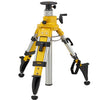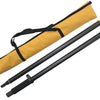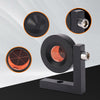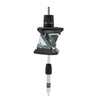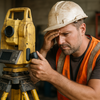What is the Difference Between Land Surveying and Building Surveying?
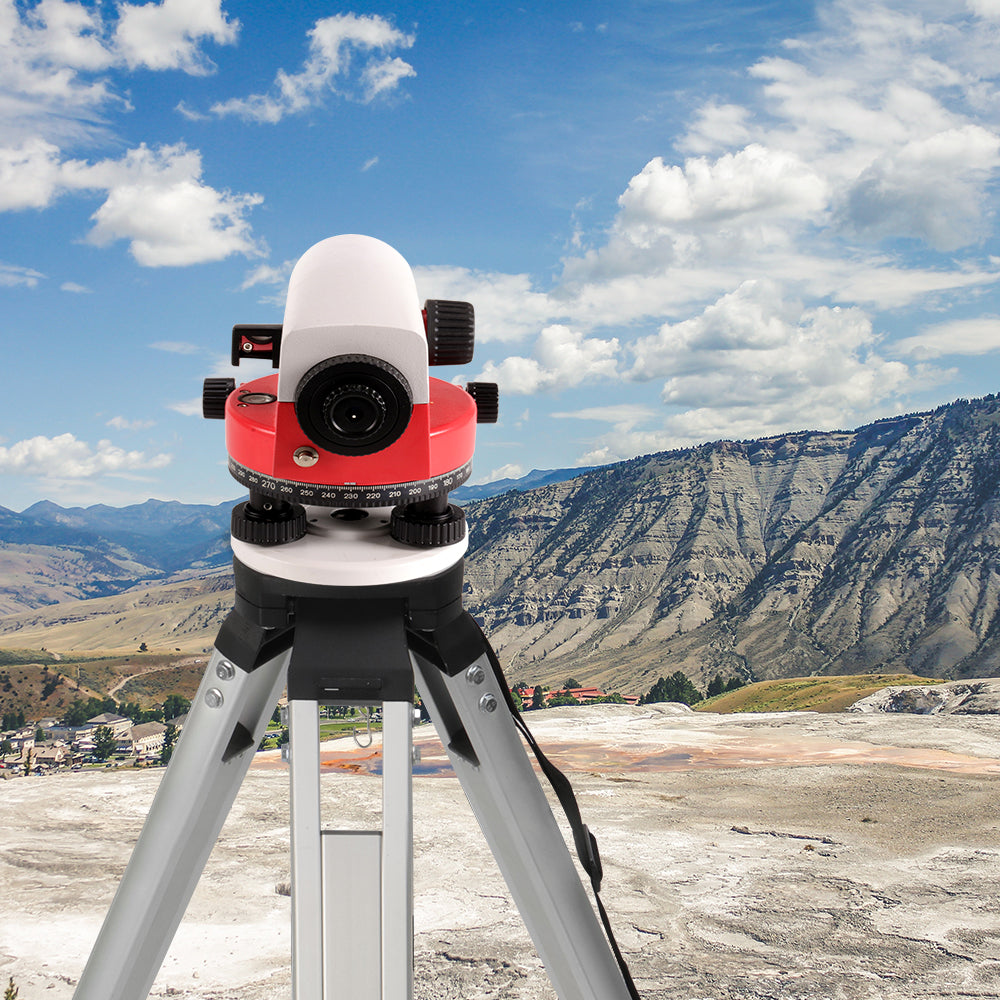
In the construction industry and real estate development, measurement is a crucial link, which is mainly divided into two categories: Land Surveying and building Surveying. Land Surveying refers to the accurate measurement and definition of land plots, usually including determining the boundaries, area and terrain features of the land. This work not only provides a basis for the legal use of land, but also provides data support for subsequent building design and planning.
On the other hand, building Surveying focuses on the measurement and evaluation of the building itself, including the structure, area, functional layout, etc. building Surveying is often used in the preliminary preparation, construction stage and acceptance after completion of construction.

The benefits of Land Surveying are very obvious.
First, it provides protection for the legality of land use and avoids potential legal disputes. Through professional Land Surveying, it can ensure that the boundaries of the land plots are clear and the area is accurate, thereby effectively maintaining property rights. Secondly, Land Surveying provides important data support for urban planning and land use, helping relevant departments to carry out scientific and reasonable land management. In addition, accurate Land Surveying data is also of great significance to fields such as environmental protection and resource management.
Land Surveying refers to the science of measuring and mapping land boundaries, topography, and various natural and artificial features. It involves determining the precise location of property lines, the elevation of land, and the layout of physical features such as roads and buildings. Land surveyors utilize advanced tools and techniques to collect data that is crucial for land development, zoning, and legal compliance.
The benefits of land surveying are manifold. It provides accurate measurements that help prevent disputes between property owners, supports urban planning by offering insights into land use, and ensures that developments adhere to local regulations.
Furthermore, land surveying is integral for obtaining permits and facilitating the sale or purchase of land, as it establishes clarity regarding property boundaries.
Building Surveying, in contrast, focuses on the assessment and management of structures. Building surveyors evaluate the condition of buildings, provide maintenance advice, and ensure compliance with safety and construction regulations. Their work is vital for property buyers, investors, and developers, as it helps identify potential issues that could affect the value or usability of a property. Building surveyors conduct detailed inspections, including structural assessments, condition reports, and compliance checks, to ensure that buildings are safe, functional, and up to code.

The distinction between these two fields becomes even clearer when considering the tools used in construction surveying. Construction surveying is a subset of land and building surveying that specifically deals with the precise measurements and layout of construction projects. It employs a variety of specialized equipment to ensure that structures are built according to design specifications. Common tools used in construction surveying include:
Total Stations: These electronic measuring devices combine the functions of a theodolite and an electronic distance meter. They are used for precise angle measurements and distance calculations, making them essential for setting out construction layouts.
GPS Systems: Global Positioning System (GPS) technology allows surveyors to determine exact locations based on satellite signals.
Levels: Optical and digital levels are used to establish horizontal planes and measure elevation differences. They are crucial for ensuring that buildings are constructed level and according to design specifications.
Poles, tripods, and stands: An unstable stand can easily damage the most precise measuring instrument.

The prism is used in conjunction with the measuring rod and EDM to help provide the most accurate measurements.

Reflective targets: Quality reflective targets ensure accurate measurements and building or site layouts.
Measuring Tapes and Laser Distance Measurers: For smaller projects or adjustments, traditional measuring tapes and modern laser distance measurers provide quick and accurate distance measurements.
In summary, while both land surveying and building surveying are crucial to the construction and real estate industries, they serve different purposes and require different skill sets and tools.
Land surveying focuses on the measurement of land and property boundaries, providing essential data for planning and legal compliance. Building surveying, on the other hand, assesses the condition and compliance of structures, ensuring safety and functionality. Together, these disciplines contribute to successful development projects, ensuring that buildings are not only well-constructed but also situated on accurately measured land.
For measuring equipment, measuring tools and prism measurement, please contact Mountlaser manufacturer.

